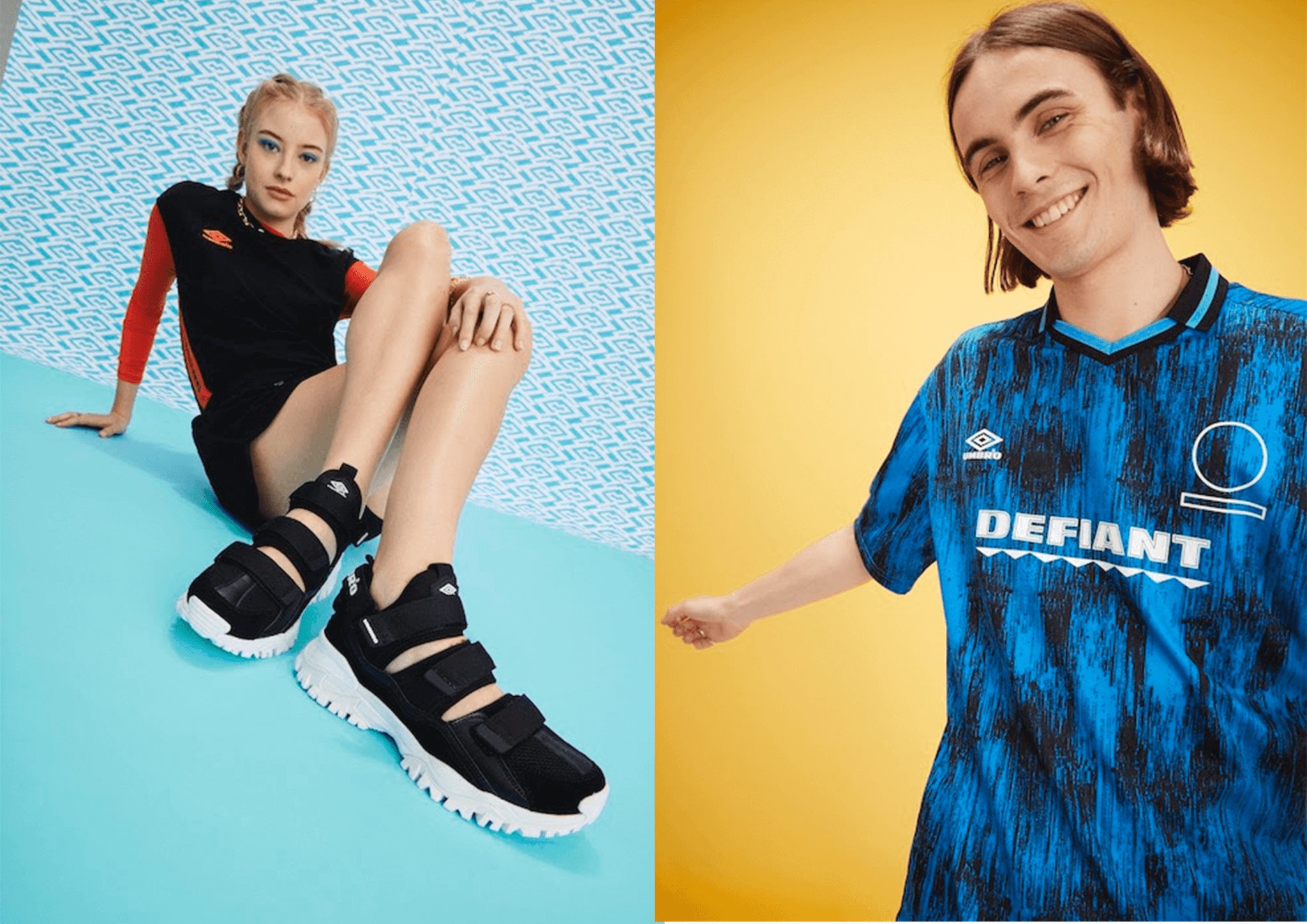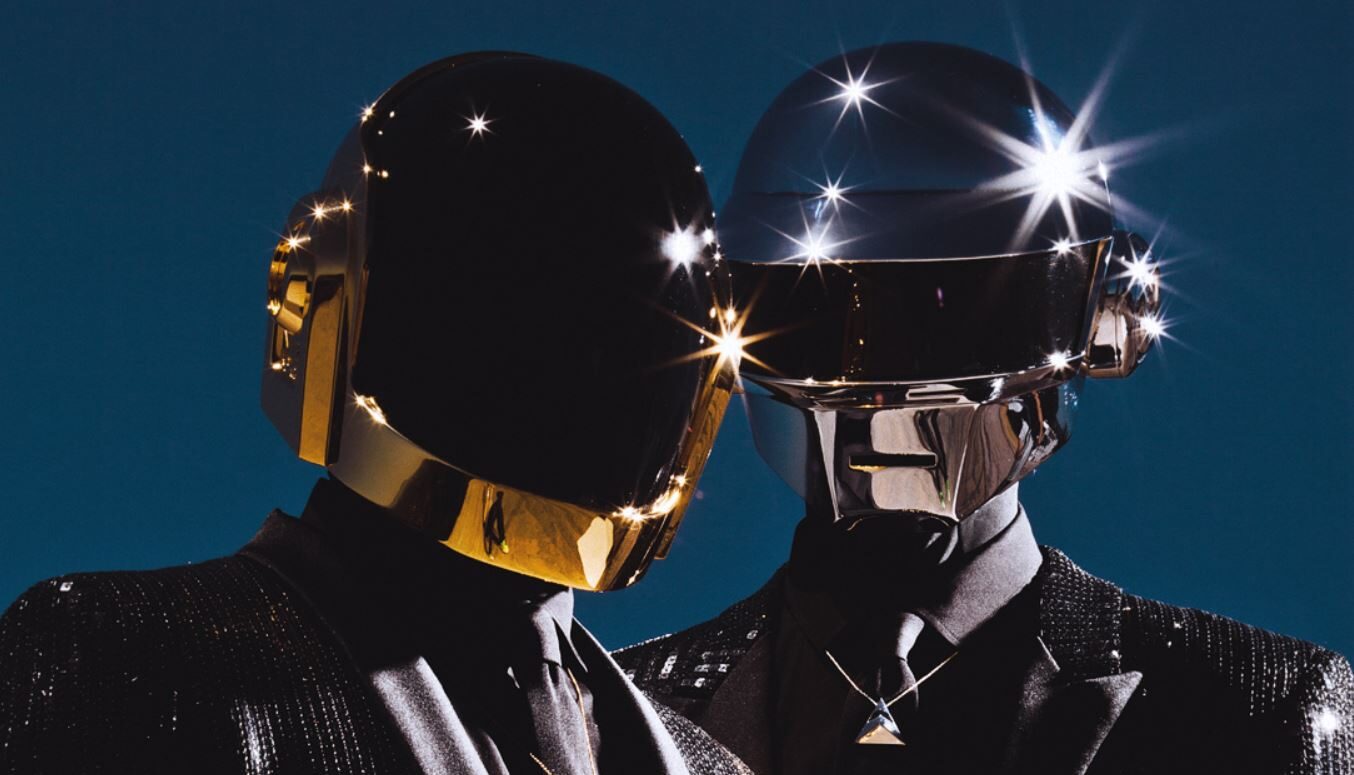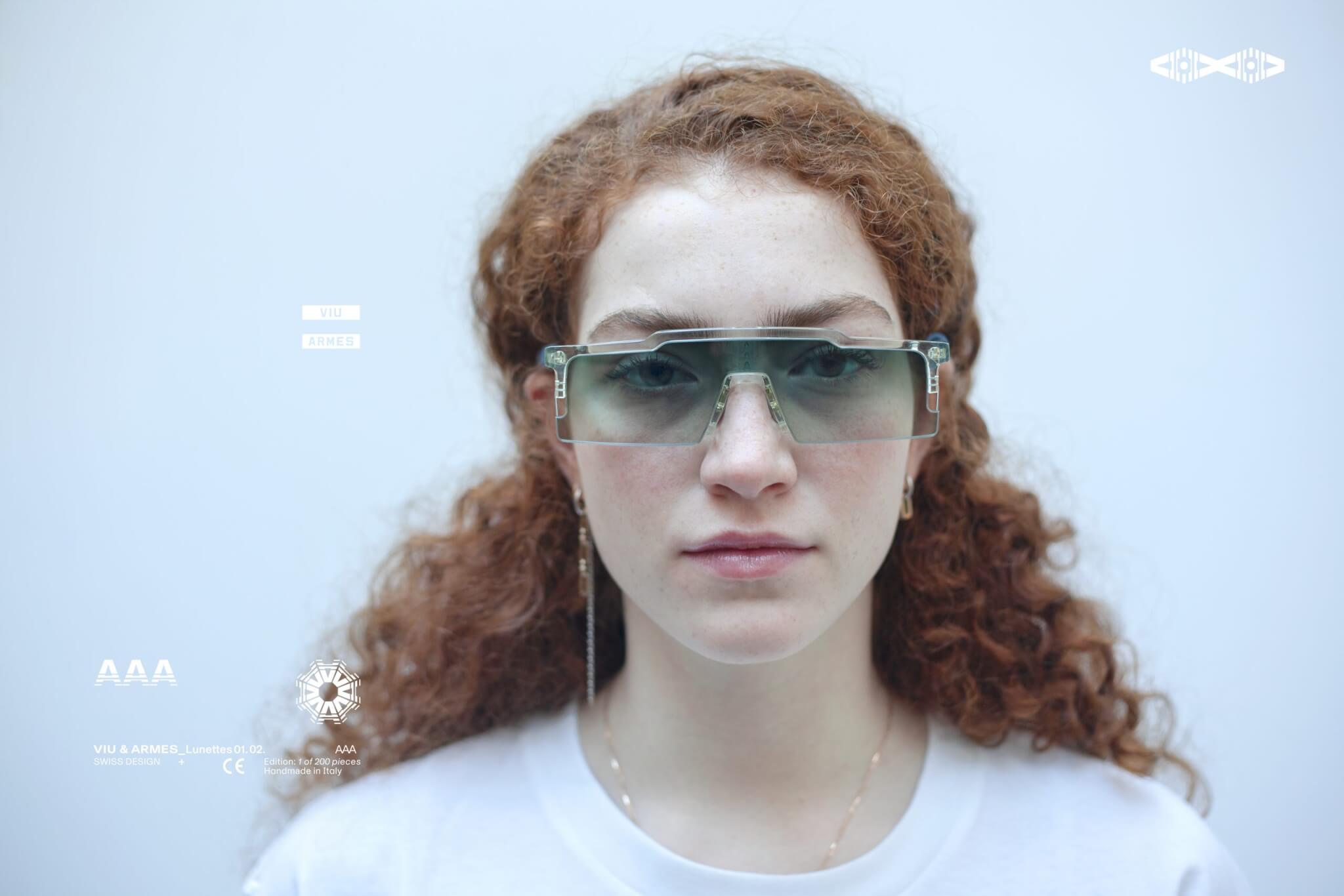Am I the only one who is seeing an awful lot of Dolce & Gabbana in their social media feeds recently? Ever since the brand has collaborated with Kim Kardashian as their Creative Director the brand seems to be on a high.
But that wasn’t all and even in the last two years we’ve been seeing D&G almost everywhere. The brand was featured in Harper’s Bazaar, worn by Nicole Kidman in October 2021 and by Tracee Ellis Ross in November the same year; in Vogue, worn by Kaia Gerber in June-July, by Lorde in October, and by Sarah Jessica Parker on the December cover; and in InStyle, worn by Kate Hudson on the March cover and by Lopez and Jennifer Hudson in spreads in May and August, respectively. On InStyle’s December cover, D&G appeared again, this time worn by Reese Witherspoon. It was also showcased, repeatedly, in Elle, worn by Lopez in February, by Hailey Bieber in April, by Olivia Rodrigo in May, and by Hudson on a November cover. Plus Katy Perry in their newest campaign and Naomi Campbell for them on the runway.
But shouldn’t D&G have been cancelled? Everyone in fashion seemed to know that the irascible Italian duo had a history of making questionable choices that seemed to represent even more questionable personal values – and were unapologetic about it. But for the past decade, they have largely been forgiven. To recap: In 2012, Dolce & Gabbana sent Blackamoor earrings down the catwalk to pay homage to what the founders said was Sicilian culture, no matter that culture might be seen by the rest of the world as, at the very least, insensitive. But they didn’t apologise. In 2015, Dolce made comments against gay parenting (‘the only family is the traditional one’) and IVF (‘children of chemistry’), and Elton John called for a boycott of the brand. Dolce apologised, John granted his forgiveness, and a year later the design duo put same-sex parents on handbags at a time when there was strong opposition to a gay marriage bill in Italy. In 2016, the D&G website dubbed one of their sandals the “slave sandal”; the name was quickly changed online. In 2017, the duo tweaked those who condemned their continued dressing of longtime client Melania Trump after she became first lady by releasing #BOYCOTTDOLCEANDGABBANA t-shirts.
In 2018, the label found itself in hot water – again – for an ad featuring videos of a Chinese model trying to eat Italian food with chopsticks, which they’d posted on social media app Weibo. The duo said they were showing their love for China in preparation for a catwalk show in Shanghai, but it seemed like the latest example of them being clueless (at best). Many Chinese found it offensive. Gabbana didn’t help matters by firing back on Instagram with racist messages about Chinese people (he later claimed his account had been hacked). Soon the catwalk show was cancelled, the brand was pulled from Chinese retailers and there were calls for a global boycott. This time, both Dolce and Gabbana – the men – apologised and withdrew from social media.
But the outrage didn’t last. China is a vast market with a substantial number of shoppers who continue to show interest in and purchase products from the label. To address its image-related challenges, the brand has enlisted the help of two international crisis-management firms and made efforts to participate in China’s International Import Expo in Shanghai, though not without encountering some difficulties. In 2021, the brand even saw a 20 percent increase in sales compared to the previous year, although the figures remained below the pre-crisis levels.
In a way this shows the limits of trying to police fashion labels whose wealthy clients may not always share a progressive worldview anyway. And because D&G has money to spend – glossy ads to buy, tickets for celebrities to attend its events – there are always workarounds. The company’s survival in the face of social media opprobrium is something of a case study in corporate crisis management. It shows how, thanks to its deep pockets, D&G has been able to use its semi-outlaw status to invite people into its influencer fold who might not otherwise be considered worthy of attention by fashion insiders. Rather than go down the route of Chanel, Gucci and Prada – hiring a head of diversity and inclusion – D&G opted to hire a new head of global celebrity and VIP relations, Lucio Di Rosa, an industry veteran who spent 15 years at Versace and has built strong relationships with celebrities and their stylists.
“In my opinion, they just never left,” says fashion writer and designer José Criales-Unzueta to The Cut. “They’re only getting stronger because they have a really good comms strategy, relying less on their founders and focusing on the celebrities. You don’t see quotes from Stefano or Domenico nowadays, which is what got them in trouble in the first place. Now you only really see them speak through celebrity and pop-culture moments.”
And which celebrities did the company focus on? Often Black ones: Saweetie and Cardi B at the BET Awards, Megan Thee Stallion at the Grammys, Iman at the Met Gala, Halle Berry at the Oscars, and Angela Bassett at the Golden Globes.
It’s a common practice within the fashion industry where some entities collaborate with Black artists, siphoning their cool factor but often failing to feature them in campaigns or give them prominent seats during events. In contrast, Dolce stands out by offering a different approach or rather is paying for it. Instead of merely taking advantage of their cool factor, Dolce extends an invitation to these artists to attend their shows. Moreover, Dolce is willing to compensate them for their presence and even allows them to bring along guests.
Which might be the problem overall. But fashion is by its nature fickle and money-driven. And even after everything that has happened and the criticism trickled down from industry insiders to fashion aficionados many have continued to support the brand. This isn’t because they don’t care; there are practical considerations. D&G still makes custom for the red carpet and has plus size. And the clothes still ooze glamour (more or less).
But does this mean that brands, designers or creative directors who have deep pockets, a certain aesthetic or even offer plus sizes are free from being held accountable? Social media can be a catalyst for change. What was once something that could be easily swept under the rug has now become the center of call-out culture and internet outrage. It has forced brands to take immediate action and be more transparent, but the verdict is still out on the lasting repercussions and whether it has systematically changed the fashion industry.
Cancel culture has gained significant attention in recent years, with its proponents arguing that it holds individuals and industries accountable for their actions and statements. However, when it comes to the world of fashion, cancel culture often falls short of its intended goals. But why is that?
One of the main reasons why accountability has struggled to gain a foothold in the fashion industry is the rapid and ever-changing nature of the sector. Fashion trends come and go in the blink of an eye and designers are constantly pushing the boundaries of creativity. As a result, trying to stop a designer or brand for a controversial statement or action often feels futile, as the industry quickly moves on to the next big thing. Plus: It’s a money thing. Just like D&G many brands that got caught in controversies were easily able to bail themselves out of it. The fashion industry is a significant economic powerhouse, supporting millions of jobs worldwide. Attempting to cancel a brand or designer can have far-reaching consequences, from job losses to disruptions in the supply chain. In many cases, consumers are reluctant to sever ties with brands they have grown to love, further undermining cancel culture’s effectiveness in the fashion world.
And while content policing and call-out culture (kinda) works in other industries, High Fashion especially differs. Fashion is overall still anonymous, since most of the time we are talking about the brand, not the creative director, designer, founder or CEO. Take Balenciaga, during their most recent scandal, everyone was talking about the brand itself and not about the people involved. For the general customer it’s almost impossible to pinpoint where things went wrong in the first place (not in the case of D&G – just to be clear). So most of the time, separating art from the artist isn’t possible – so it’s either boycotting brands all together or not at all.
So there are no solutions or consequences for the misbehaviour of fashion brands? It’s important to remember that the fashion industry is not immune to change. Social media has become a catalyst for demanding accountability and transparency, forcing brands to be more open about their actions and policies. In some cases, it has already led to immediate action. Fashion remains a unique arena where it can be difficult to separate the art from the artist, leaving consumers with difficult choices when it comes to addressing brand misconduct. The path to change and accountability in the fashion industry continues to evolve.




























